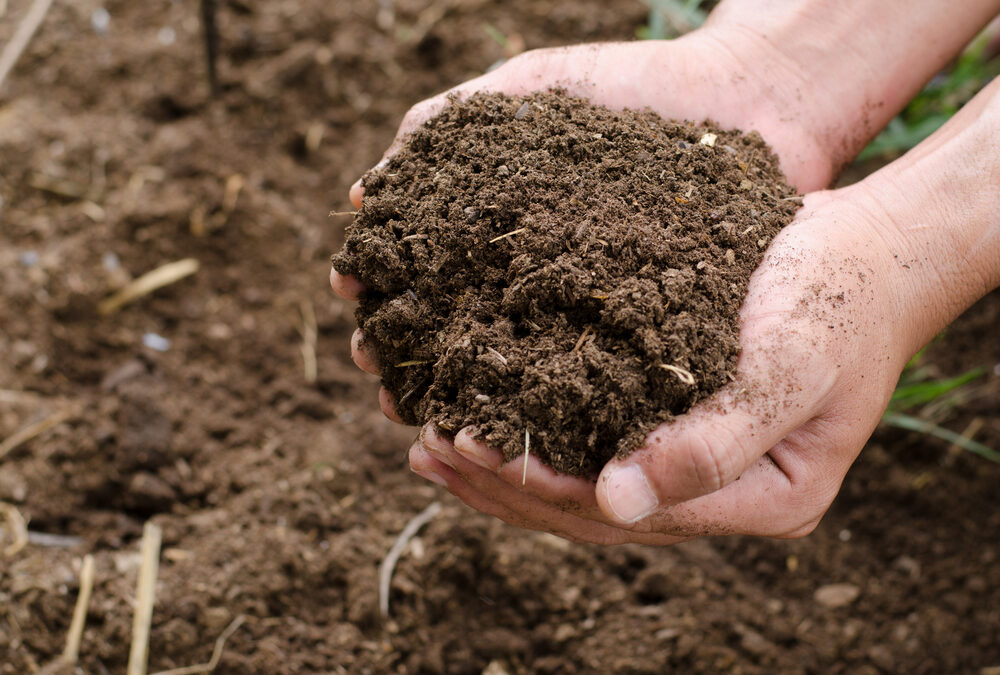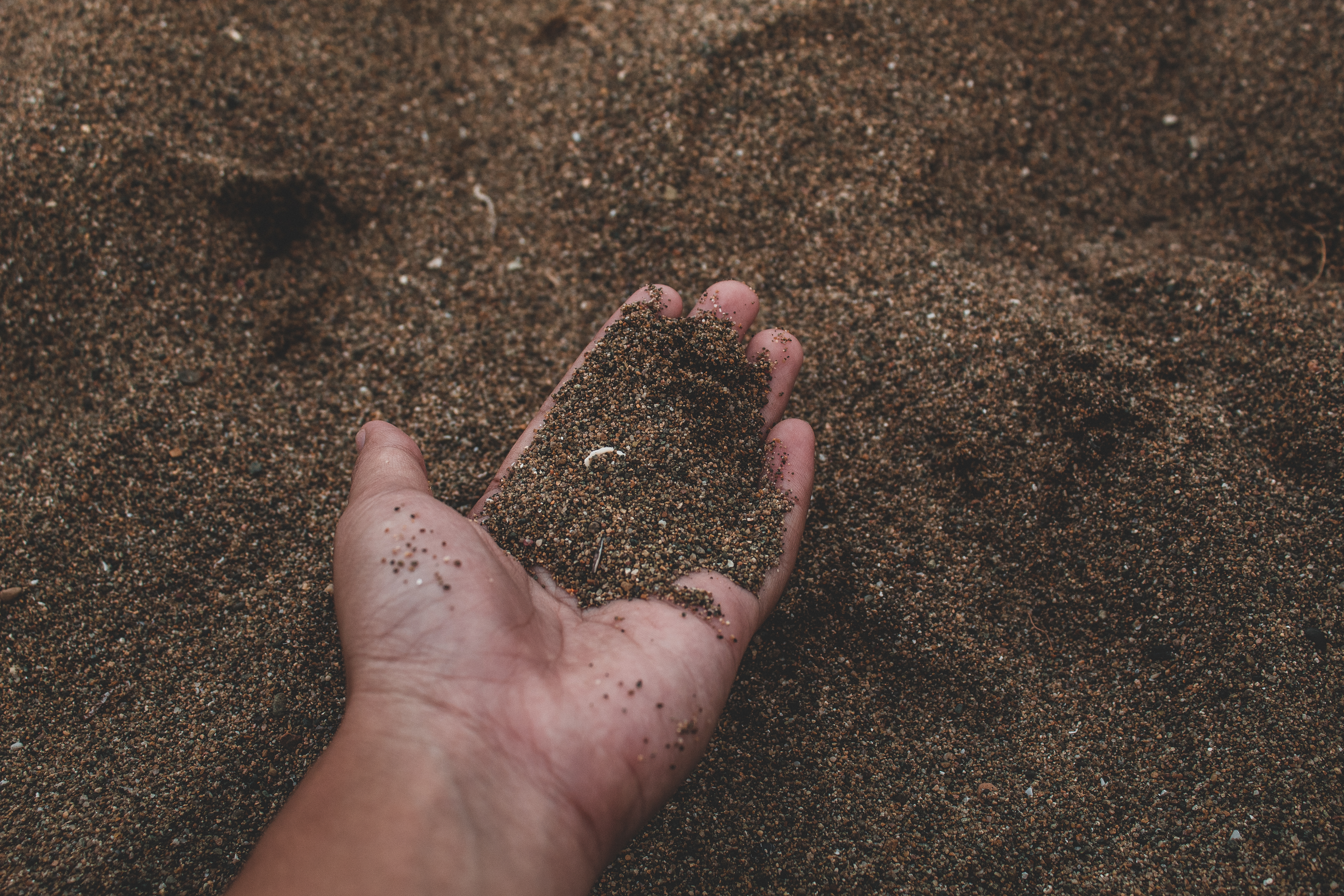Conventional growers that introduce biological products into their current regiment can reap substantial benefits. Biological agriculture is an integrated farming system. It combines tried and tested farming practices, that have been refined over the centuries, with scientifically measured innovations. As I’ve mentioned in other newsletters, many growers find themselves on the treadmill of needing more costly inputs even as crop yields and quality decline. Introducing biological applications can dramatically improve agricultural yields and reduce farm costs.





